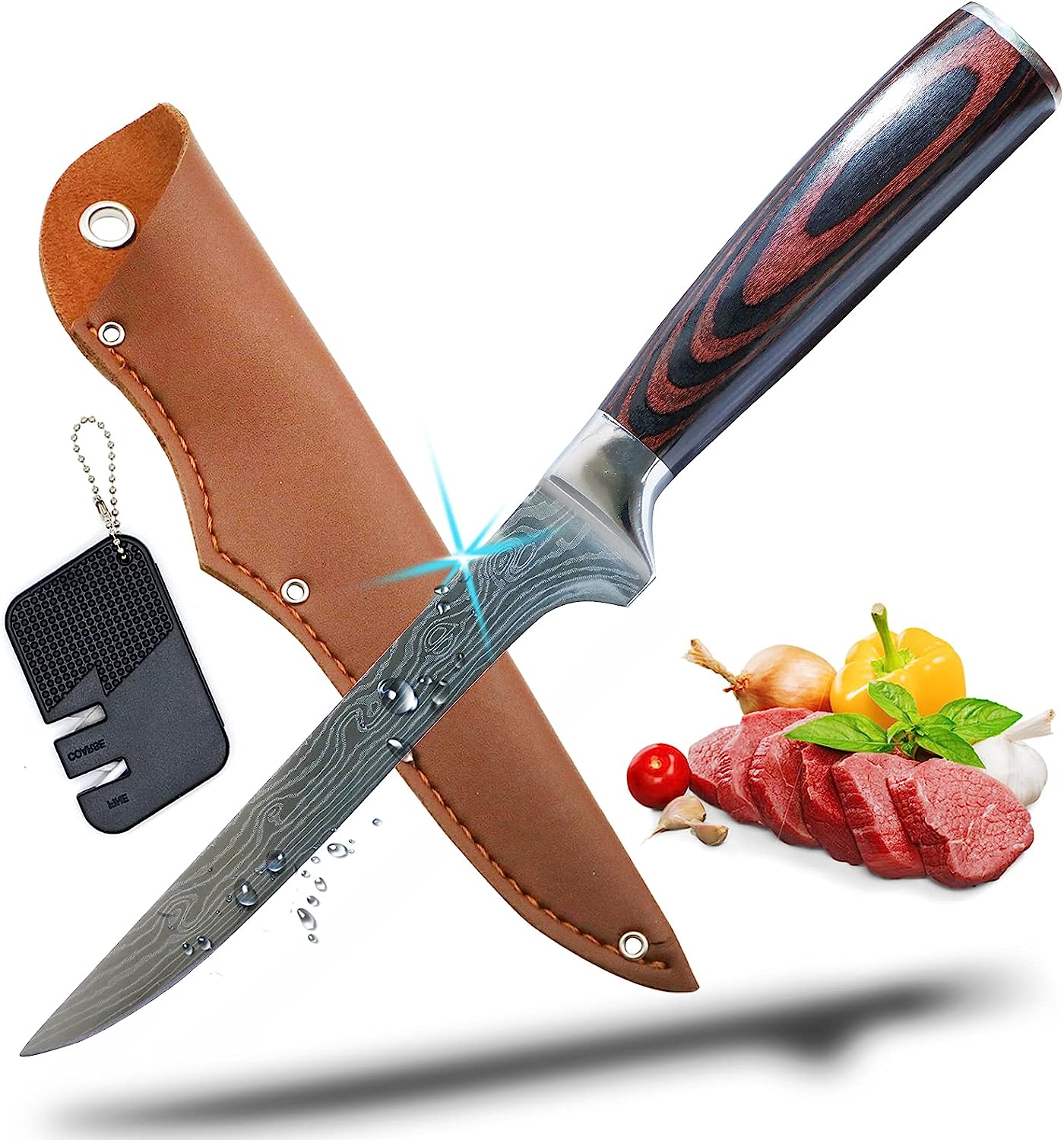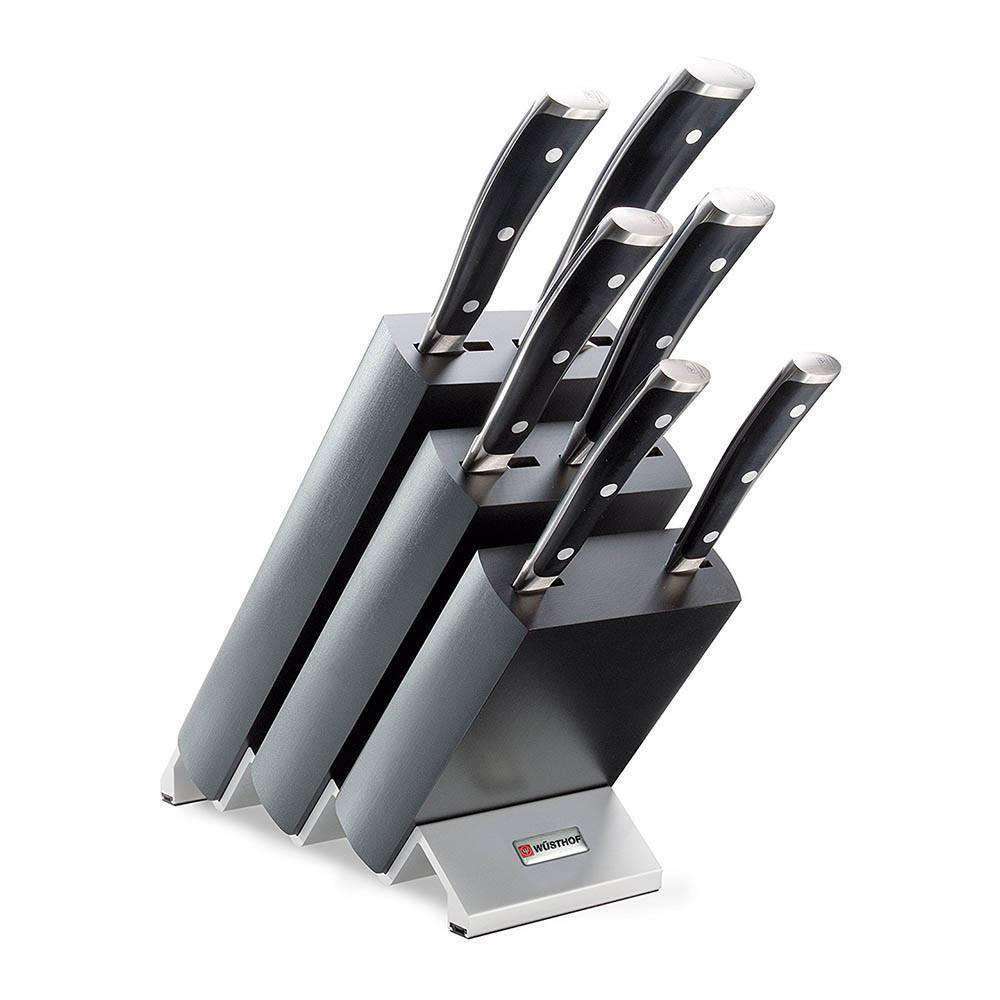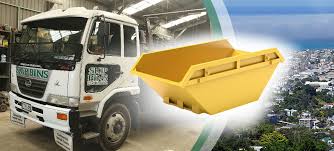Food preparation is a crucial part of our lives, and having the right tools for the job can make the experience smooth, safe, and enjoyable. Two essential tools for any home cook or professional chef are cutting boards and boning knives. These tools are not only necessary for precise cuts but also for hygiene and safety. In this blog post, we’ll talk about the different types of cutting boards and boning knives, how to choose the right one, and how to maintain them.
Cutting Boards
Cutting boards come in different materials, including wood, plastic, and bamboo. Each material has its advantages and disadvantages, so you should choose one depending on your needs and preferences. Wooden cutting boards are popular for their durability and aesthetic appeal, but they require more maintenance than plastic or bamboo boards. Wooden boards are prone to absorbing liquids and bacteria, which can lead to contamination if not cleaned properly. Still, wooden boards are gentle on your knives and can last longer than other types of boards.
Plastic kitchen cutting boards are lightweight, easy to clean, and affordable. They are also more hygienic than wooden boards because they don’t absorb bacteria as much. However, plastic boards can be harsh on your knives and can crack or warp over time. They are not as durable as wooden boards, but they are more practical for everyday use.
Bamboo cutting boards are a newer type of material on the market. They are made from renewable resources and are environmentally friendly. Bamboo boards are hard, durable, and resistant to scratches and stains. They also don’t absorb as much water and bacteria as wooden boards. However, bamboo boards can be more expensive than plastic or wooden boards.
Boning Knives
A boning knife is a long, slender, and sharp knife used for trimming meat, poultry, and fish. It enables you to separate meat from bone and make precise cuts. Boning knives come in different sizes, shapes, and materials. The blade can be flexible or rigid, depending on your needs. A flexible blade is more suitable for fish or delicate meats, while a rigid blade is better for tougher cuts of meat.
When choosing a boning knife, look for one with a sharp and sturdy blade that can handle the task at hand. The knife should feel comfortable and balanced in your hands, with a good grip to prevent slipping. Stainless steel and high carbon steel are popular blade materials, but they require different maintenance. Stainless steel is more resistant to corrosion, but it doesn’t hold an edge as well as high carbon steel. High carbon steel is sharper and more durable, but it may rust if not cared for correctly.
In conclusion, cutting boards and boning knives are crucial tools for any kitchen. They enable you to prepare food safely, precisely, and efficiently. When choosing a cutting board, consider the material, maintenance requirements, and your preferences. When choosing a boning knife, consider the blade material, size, and flexibility. With the right tools and proper care, you can enjoy preparing meals in your kitchen for years to come.



